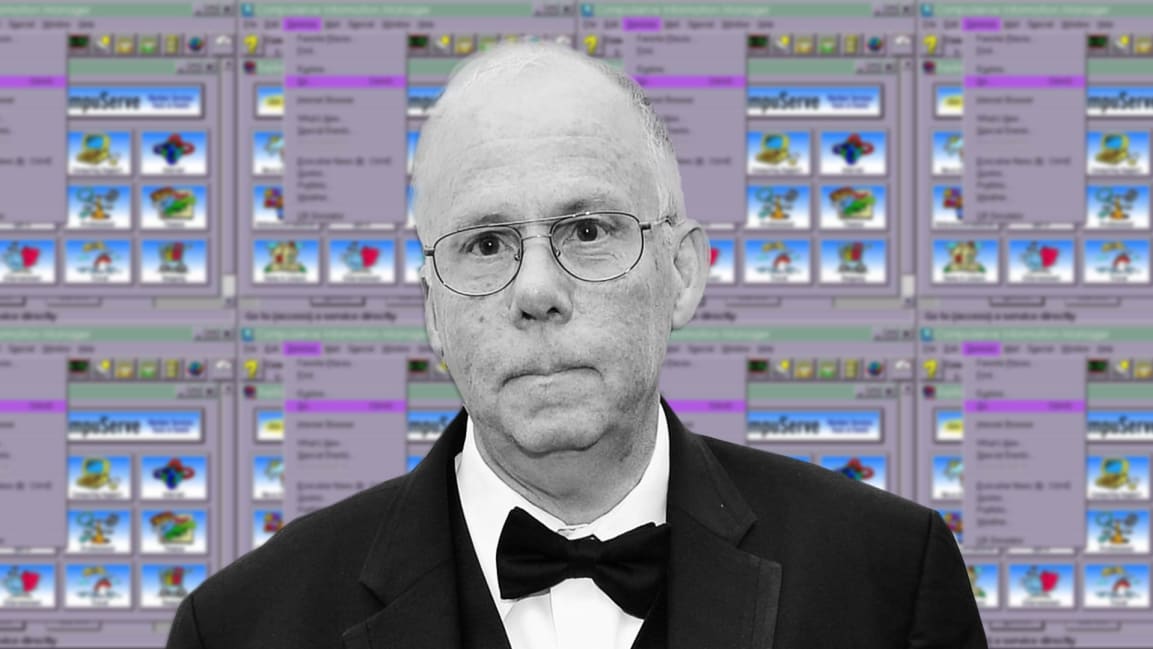Back in 1987 Alexander Trevor worked with the GIF format’s creator, Steve Wilhite, at CompuServe. 35 years later Fast Company tech editor Harry McCracken (also Slashdot reader harrymcc) located Trevor for the inside story:
Wilhite did not come up with the GIF format in order to launch a billion memes. It was 1987, and he was a software engineer at CompuServe, the most important online service until an upstart called America Online took off in the 1990s. And he developed the format in response to a request from CompuServe executive Alexander “Sandy” Trevor. (Trevor’s most legendary contribution to CompuServe was not instigating GIF: He also invented the service’s CB Simulator — the first consumer chat rooms and one of the earliest manifestation of social networking, period. That one he coded himself as a weekend project in 1980.)
GIF came to be because online services such as CompuServe were getting more graphical, but the computer makers of the time — such as Apple, Commodore, and IBM — all had their own proprietary image types. “We didn’t want to have to put up images in 79 different formats,” explains Trevor. CompuServe needed one universal graphics format.
Even though the World Wide Web and digital cameras were still in the future, work was already underway on the image format that came to be known as JPEG. But it wasn’t optimized for CompuServe’s needs: For example, stock charts and weather graphics didn’t render crisply. So Trevor asked Wilhite to create an image file type that looked good and downloaded quickly at a time when a 2,400 bits-per-second dial-up modem was considered torrid. Reading a technical journal, Wilhite came across a discussion of an efficient compression technique known as LZW for its creators — Abraham Limpel, Jacob Ziv, and Terry Welch. It turned out to be an ideal foundation for what CompuServe was trying to build, and allowed GIF to pack a lot of image information into as few bytes as possible. (Much later, computing giant Unisys, which gained a patent for LZW, threatened companies that used it with lawsuits, leading to a licensing agreement with CompuServe and the creation of the patent-free PNG image format.)
GIF officially debuted on June 15, 1987. “It met my requirements, and it was extremely useful for CompuServe,” says Trevor…
GIF was also versatile, offering the ability to store the multiple pictures that made it handy for creating mini-movies as well as static images. And it spread beyond CompuServe, showing up in Mosaic, the first graphical web browser, and then in Netscape Navigator. The latter browser gave GIFs the ability to run in an infinite loop, a crucial feature that only added to their hypnotic quality. Seeing cartoon hamsters dance for a split second is no big whoop, but watching them shake their booties endlessly was just one of many cultural moments that GIFs have given us.
